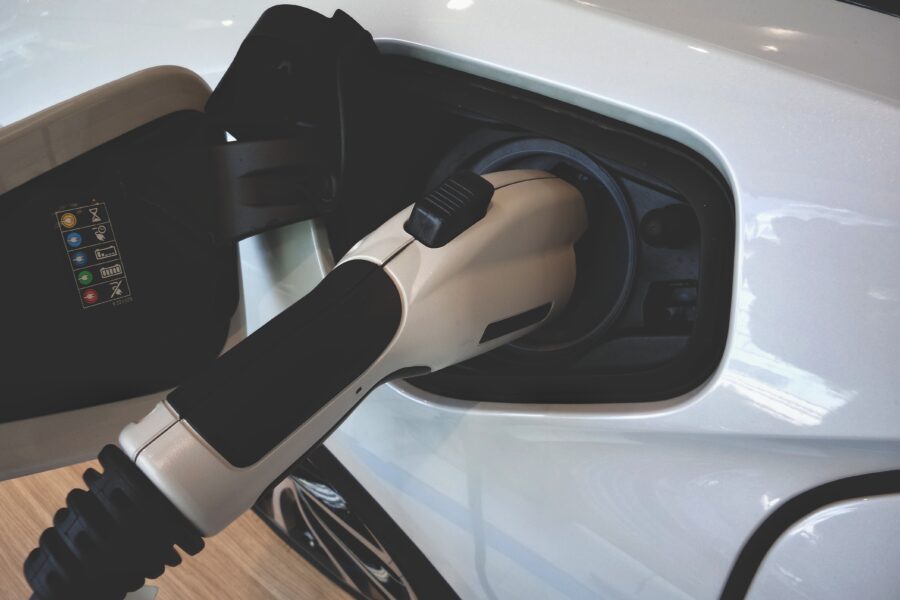AUTO ELETTRICHE

Alternative and green materials: what the electric cars of the future will look like
Critical raw materials for the energy transition are the subject of the Report published in July 2023 by the Energy Commission Transition (ETC), an international think-tank of economic actors committed to Net-Zero Emissions 2050.
According to the ETC report, 15 times today’s wind power capacity (from 1 to 14-15 TW) and 25 times photovoltaic capacity (from 1.2 to 26-34 TW) will be needed to meet the Net-Zero 2050 targets. But also tripled electricity grids (from 70 to 200 million km), ten times more electric vehicles (from 25 to 1500 million), production of 500 to 800 million tonnes of green hydrogen (today it is less than 1 million). In the metals market, this would already lead to a marked increase in world demand for critical raw materials by 2030: copper and nickel +50/70%, cobalt and neodymium +150%, graphite and lithium +500/600%.
ETC sees a reserves risk for five critical raw materials: copper, nickel, lithium, cobalt, silver.
That is, current global reserves would not be sufficient to meet the estimated 2020-2050 cumulative primary demand for the energy transition and other uses of these critical raw materials, based on ETC’s Baseline Decarbonisation Scenario.
Specifically, for copper projected cumulative demand of 1135 million tonnes against reserves of 890 million. For nickel cumulative demand of 170 million tonnes and reserves of 100 million
The risk needs to be managed for ETC in two areas: increasing recycling and innovation in technology and material efficiency and rapidly increasing sustainable mining of critical raw materials.
For copper, where it takes up to 20 years to start new mines, optimising reuse and consumption could reduce primary material demand and the potential supply gap by 10% by 2030.
For nickel, rapidly increasing mining in Indonesia (although still very carbon-intensive) and transformations in the Class 1 market for batteries could cut demand for primary raw material by 30% by 2030 and even lead to a 20% supply surplus